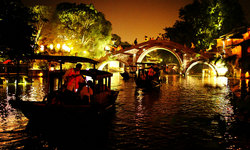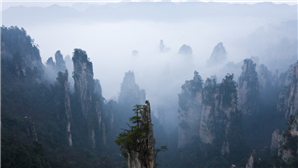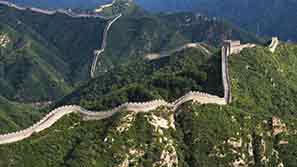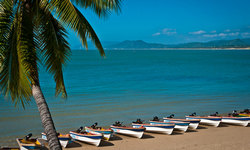Chengde Mountain Resort 📺️

The Mountain Resort in Chengde (simplified Chinese: 避暑山庄; traditional Chinese: 避暑山莊; pinyin: Bìshǔ Shānzhuāng; literally: 'Mountain Villa for Avoiding the Heat'; Manchu: Halhūn1.png Halhūn be jailara gurung) or Ligong (离宫; 離宮; Lígōng), is a large complex of imperial palaces and gardens situated in the city of Chengde in Hebei, China. Because of its vast and rich collection of Chinese landscapes and architecture, the Mountain Resort in many ways is a culmination of all the variety of gardens, pagodas, temples and palaces from various regions of China.
It is one of China's four famous gardens, World Heritage Site, national relic protection unit and Class 5A Tourist Attractions in China.
Built between 1703 and 1792 during the Qing dynasty, the Mountain Resort took 89 years to complete. It covers a total area of 5.6 square kilometres (2.2 sq mi), almost half of Chengde's urban area. It is a vast complex of palaces and administrative and ceremonial buildings. Temples of various architectural styles and imperial gardens blend harmoniously into a landscape of lakes, pastureland and forests.
The Kangxi, Qianlong and Jiaqing emperors often spent several months a year here to escape the summer heat in the capital city of Beijing and the palace zone in the southern part of the resort was therefore designed to resemble the Forbidden City in Beijing. It consists of two parts: a court in front, where the emperor received high officials, nobles of various minority nationalities, and foreign envoys; and bed chambers in the rear, which were the imperial family's living quarters, notably the Yanbozhishuang Hall, where Emperor Kangxi spent a total of 12 summers while Qianlong spent 52 summers in the hall during the course of their reign. The Jiaqing and Xianfeng emperors both died while staying at Chengde in 1820 and 1861 respectively.






